'Art or Sound' is the Prada Foundation's new synaesthetic Venice show
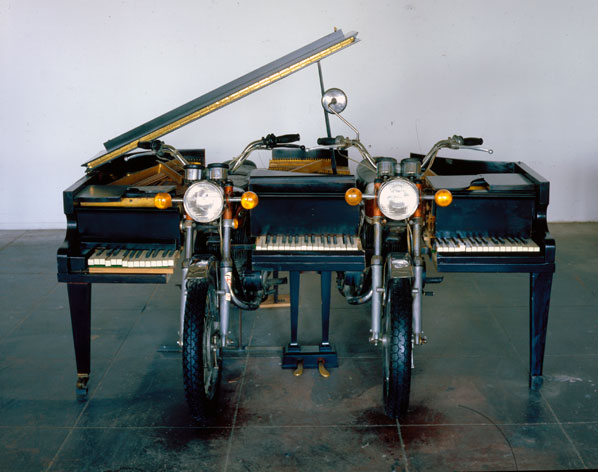
In the midst of Venice's fast-paced Architectural Biennial, 'Art or Sound', the Prada Foundation's current show, feels like something of an intellectual's amusement park: poker-faced journalists find themselves stepping into pieces, pressing on buttons, playing rather than observing.
This is precisely the kind of boundary-shattering the exhibition's curator Germano Celant (who famously coined the term 'Arte Povera', or poor art), was looking for. After all, in today's highly controlled art world, where does one draw a line between work and play, art and commodity, the intellectual and the emotional?
Sprawling over the Foundation's majestic three storeys, this 'theatre of things', as Celant put it, is laid out as a jolly multi-media, interactive display of artworks, functional objects, and imaginary instruments. They range from 17th century musical boxes to early 20th century experimental trumpets by craftsmen of the time; see Man Ray's 'Violon d'Ingres' (1924) to John Cage's 'Water Walk' (1959), as well as contemporary work such as Loris Gréaud 'Crossfading Suitcase' (2004) - allowing, again, for a disruption between high and low.
To Celant, the sense of hierarchy is also present in the relationship between art and sound: 'The museum has become a vision-centric territory where all non-visual senses are repressed,' he said of the show.
The works chosen are missing a dimension if you don't listen: Laurie Anderson's 'Numbers Runners' (1979) for example, recreating a typical American phonebox, only becomes an entirely fuller proposition when the viewer picks up the receiver to hear the artists existential questions.
'I wanted to reinject life into the clinical, aseptic visual art space,' explained Celant about his choice to hold a series of performances by younger, often local artists such as Ricardo Berreta. 'In order to generate creative birth, art should be a labyrinth of senses.'

Sprawling over the Foundation's majestic three storeys, this 'theatre of things', as curator Germano Celant put it, is laid out as a jolly multi-media, interactive display of artworks, functional objects, and imaginary instruments. Pictured: 'Oracle' by Robert Rauschenberg, 1962-65.
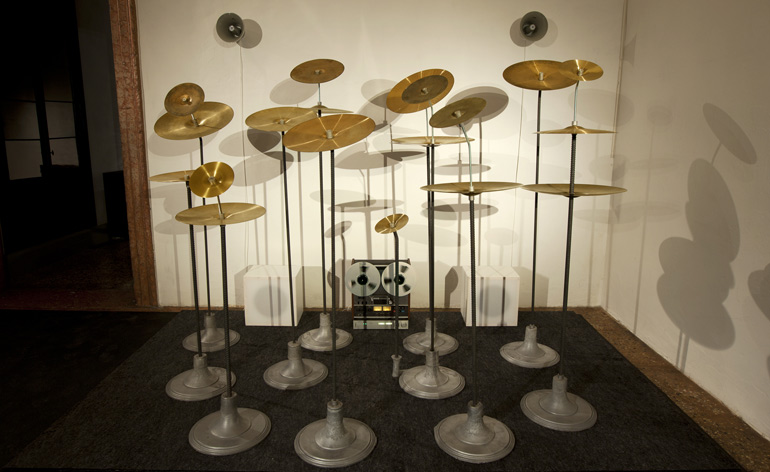
The sensory exhibit encourages visitors to press on buttons and play rather than simply observe. This percussion work is titled 'Echi di suoni e cani che abbaiano' by Eliseo Mattiacci, 1983.
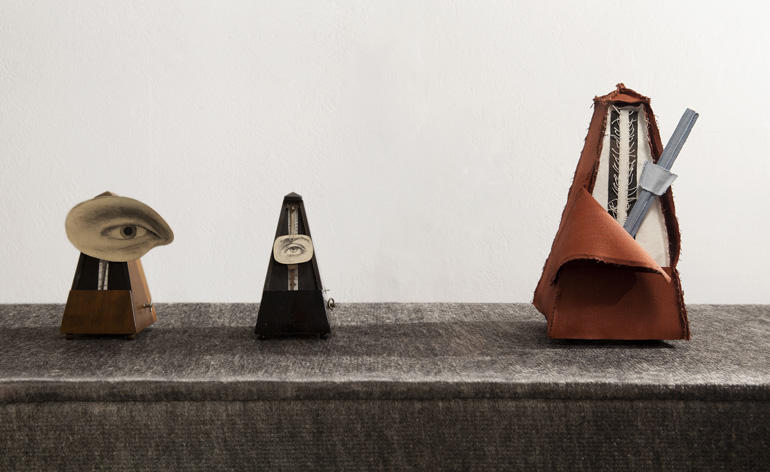
From left to right: 'Metronome' by Salvador Dali, 1944, 'Indestructible Object' by Man Ray, 1923 (1965), and 'Silent Metronome' by Claes Oldenburg and Coosje van Bruggen, 2005.
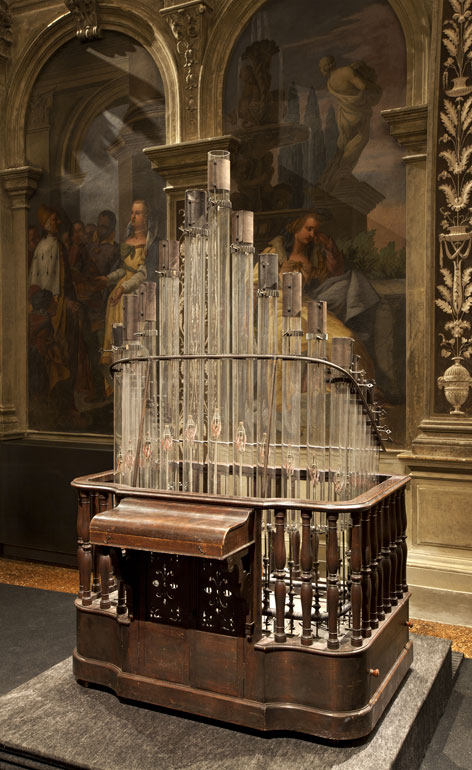
'Pyrophone' by Georges Frédéric Kastner, circa 1876.
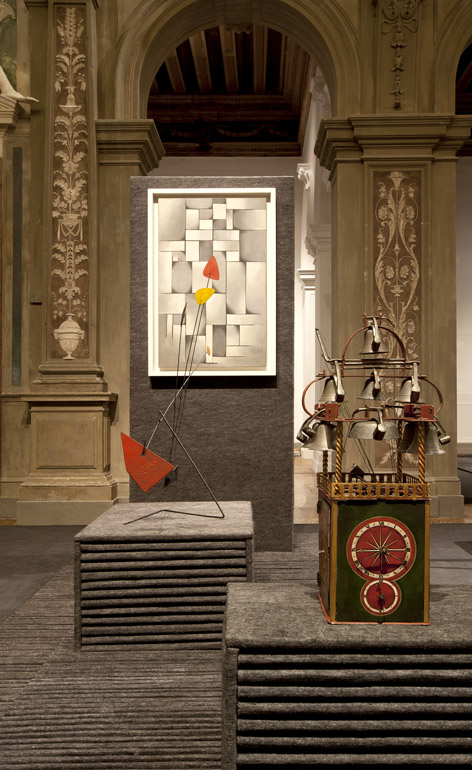
In the foreground: 'Chiming Clock with Iron Case' by Jean Dubois au Puy, circa early 17th century, 'Untitled' sculpture by Alexander Calder, 1940 and 'Composition in Gray' by Theo van Doesburg, 1919.
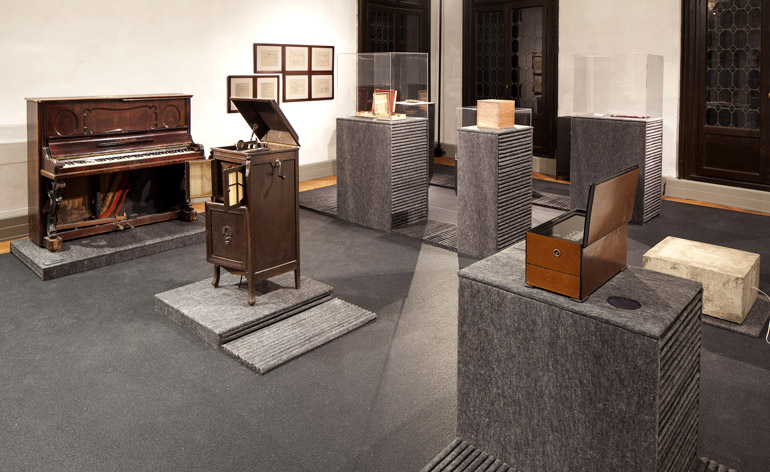
'I wanted to reinject life into the clinical, aseptic visual art space,' explained Celant about his choice to hold a series of performances by younger, often local artists. 'In order to generate creative birth, art should be a labyrinth of senses,' he added.
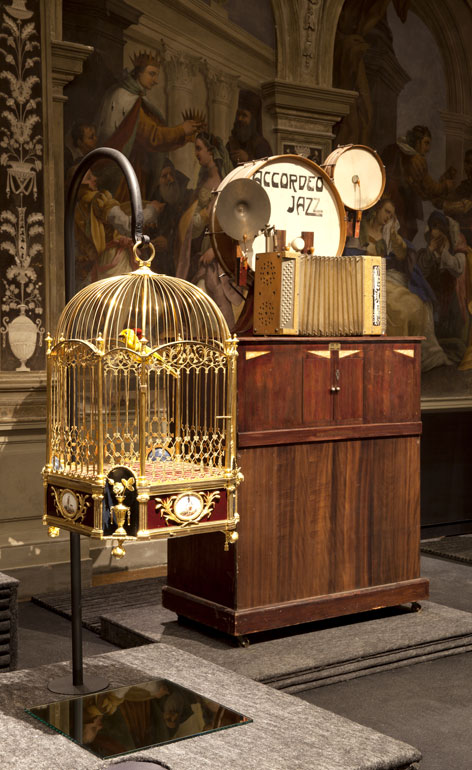
From the left: 'Singing Bird Cage With Clock' by Pierre Jaquet-Droz. circa 1785 and 'Orchestrion Accordeo Jazz' by Amelotti, circa 1920.
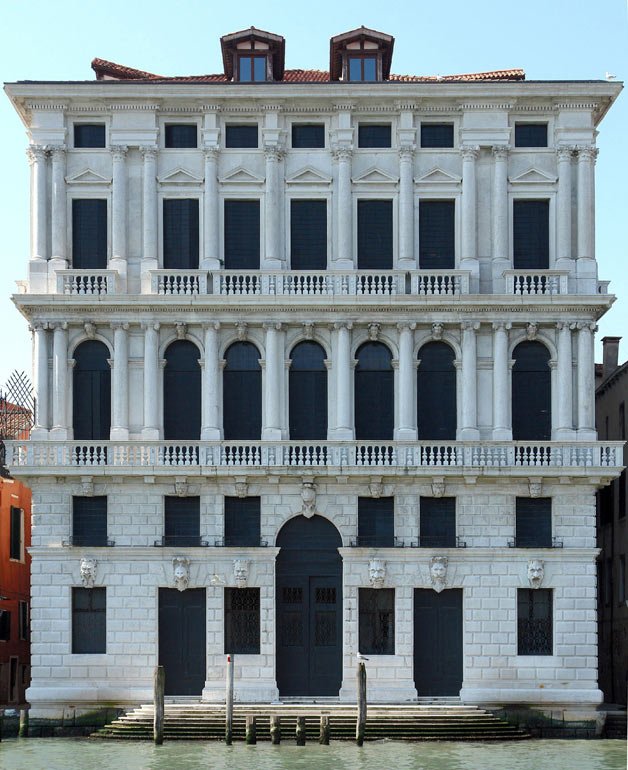
The façade of the Prada Foundation in Venice
ADDRESS
Prada Foundation
Ca' Corner Della Regina
Venice
Receive our daily digest of inspiration, escapism and design stories from around the world direct to your inbox.
-
 Top 10 architecture moments of 2025
Top 10 architecture moments of 2025Architecture & environment director Ellie Stathaki picks the top 10 architecture moments of 2025, to recount, remember and reassess
-
 Step inside this perfectly pitched stone cottage in the Scottish Highlands
Step inside this perfectly pitched stone cottage in the Scottish HighlandsA stone cottage transformed by award-winning Glasgow-based practice Loader Monteith reimagines an old dwelling near Inverness into a cosy contemporary home
-
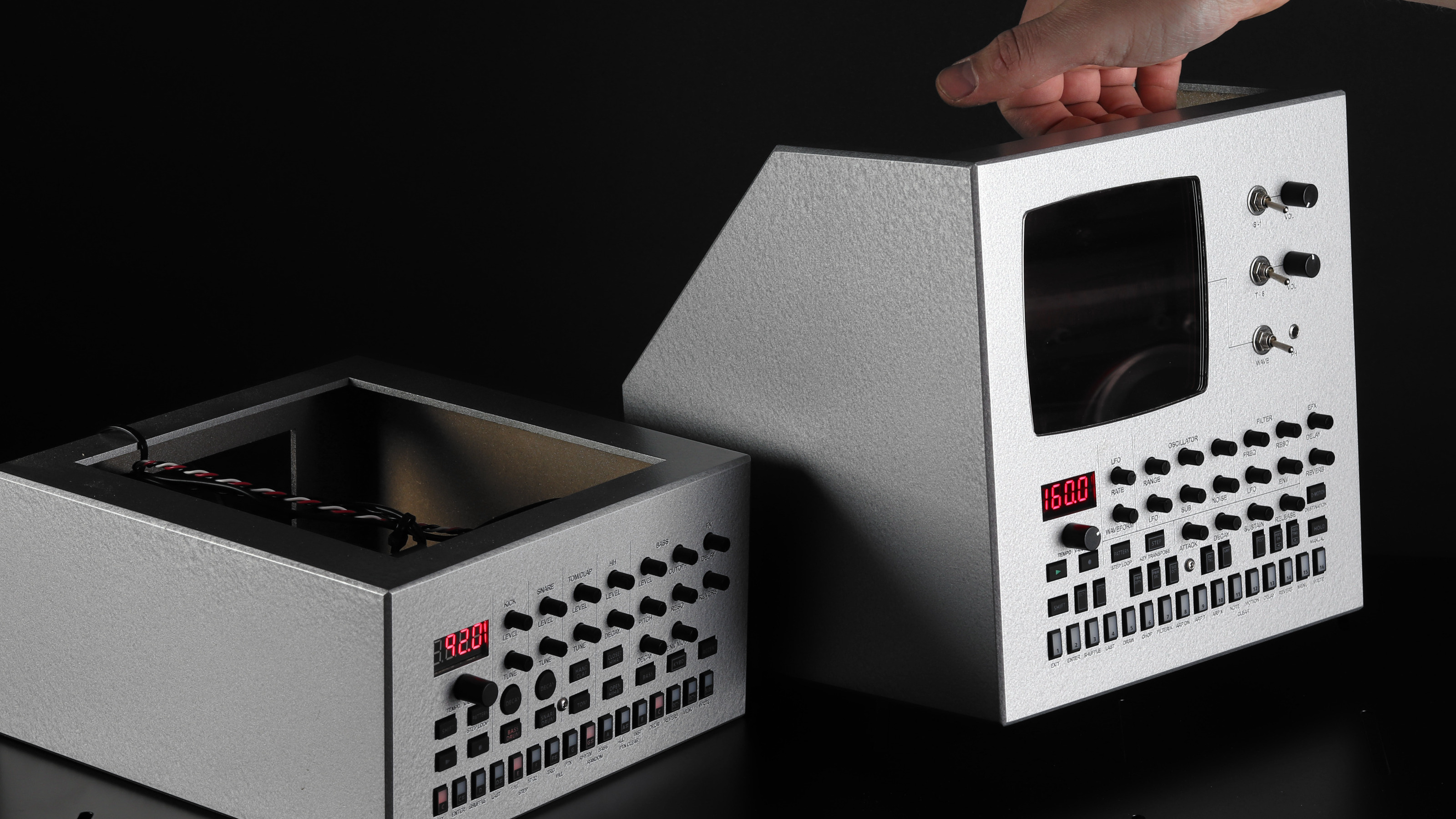 Year in Review: we’re always after innovations that interest us – here are ten of 2025’s best
Year in Review: we’re always after innovations that interest us – here are ten of 2025’s bestWe present ten pieces of tech that broke the mould in some way, from fresh takes on guitar design, new uses for old equipment and the world’s most retro smartwatch
-
 Modernist Palazzo Mondadori’s workspace gets a playful Carlo Ratti refresh
Modernist Palazzo Mondadori’s workspace gets a playful Carlo Ratti refreshArchitect Carlo Ratti reimagines the offices in Palazzo Mondadori, the seminal work by Brazilian master Oscar Niemeyer in Milan
-
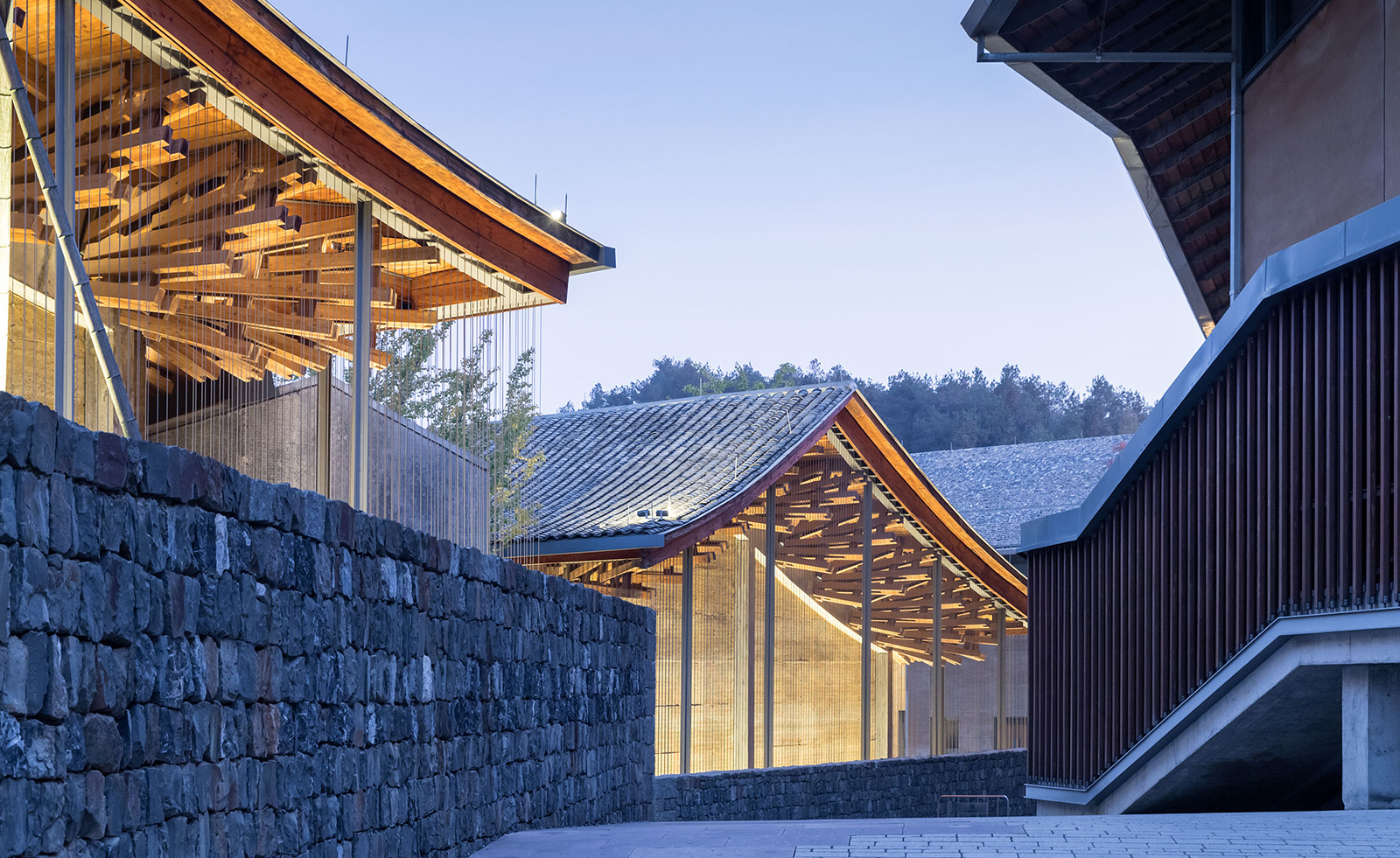 Wang Shu and Lu Wenyu to curate the 2027 Venice Architecture Biennale
Wang Shu and Lu Wenyu to curate the 2027 Venice Architecture BiennaleChinese architects Wang Shu and Lu Wenyu have been revealed as the curators of the 2027 Venice Architecture Biennale
-
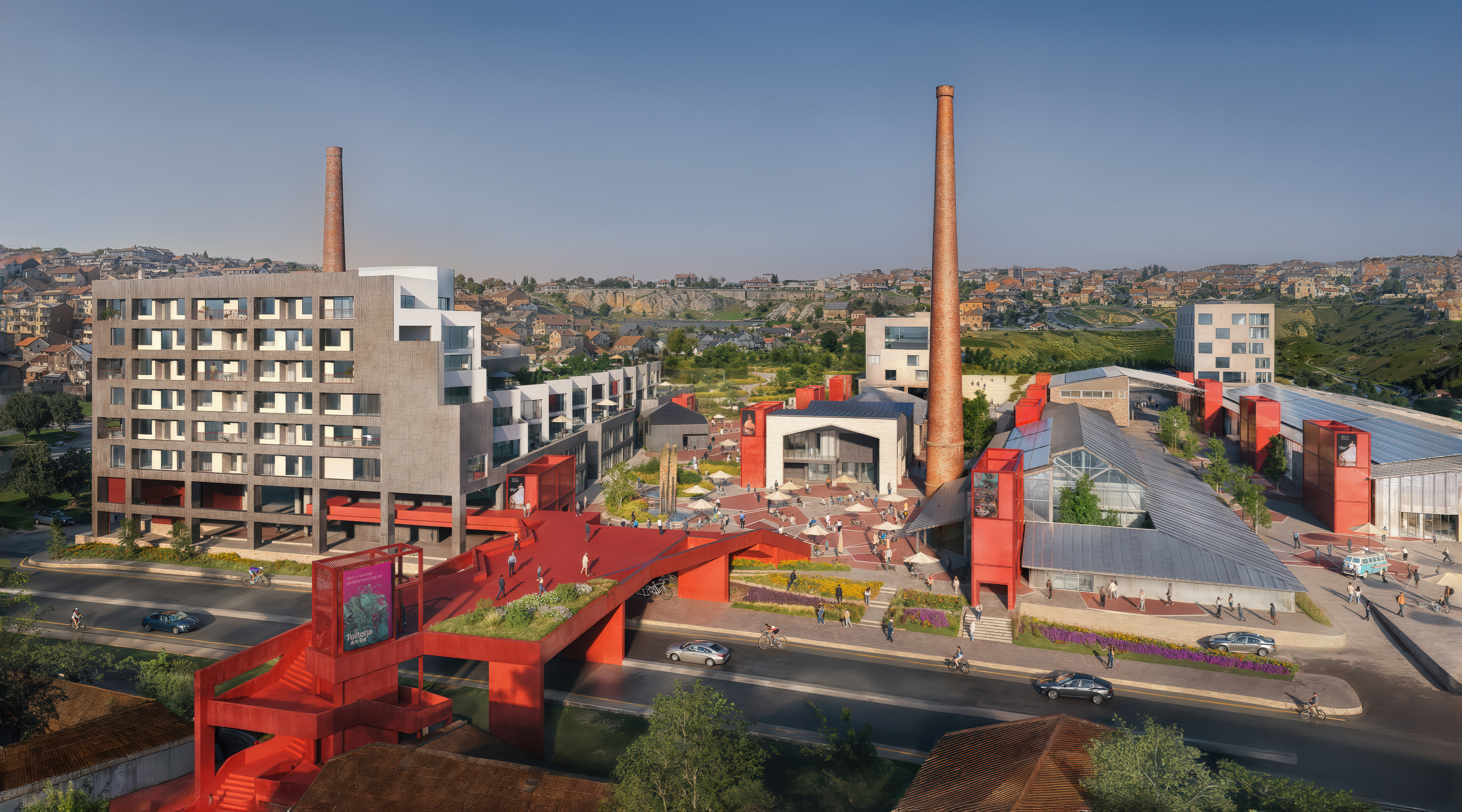 At the Holcim Foundation Forum and its Grand Prizes, sustainability is both urgent and hopeful
At the Holcim Foundation Forum and its Grand Prizes, sustainability is both urgent and hopefulThe Holcim Foundation Forum just took place in Venice, culminating in the announcement of the organisation's Grand Prizes, the projects especially honoured among 20 previously announced winning designs
-
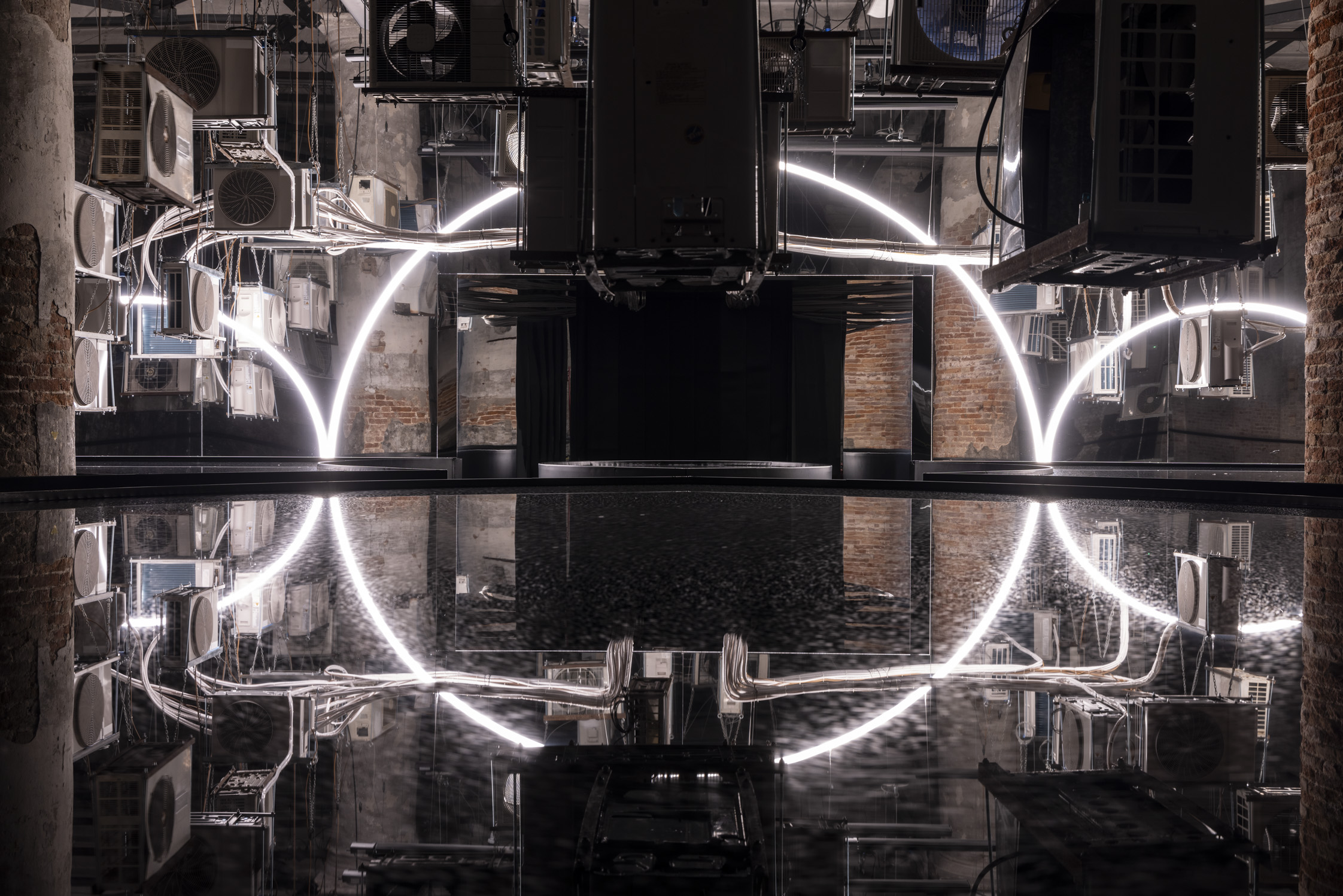 Carlo Ratti reflects on his bold Venice Architecture Biennale as it closes this weekend
Carlo Ratti reflects on his bold Venice Architecture Biennale as it closes this weekendThe Venice Architecture Biennale opens with excitement and fanfare every two years; as the 2025 edition draws to a close, we take stock with its curator Carlo Ratti and ask him, what next?
-
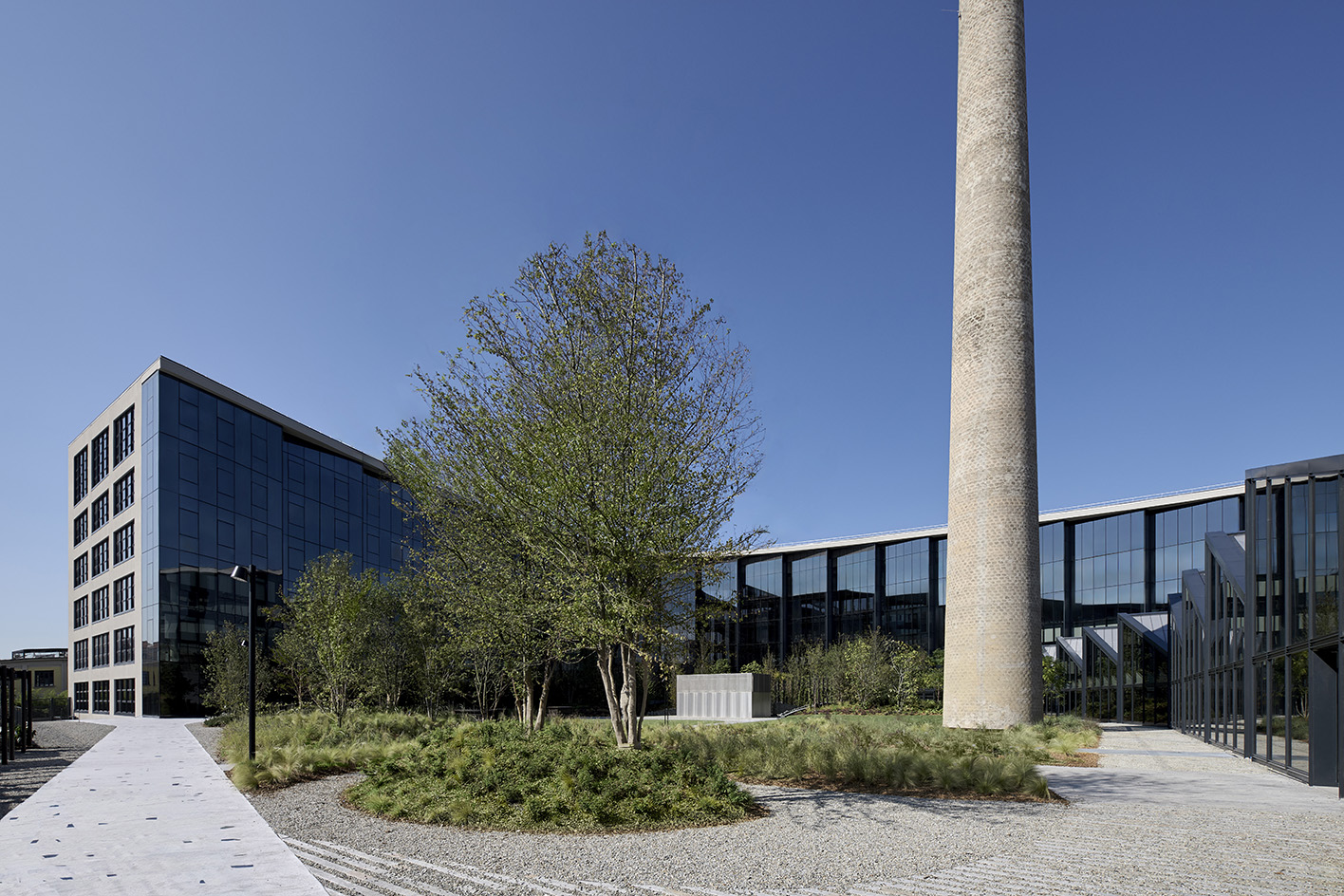 Step inside Casa Moncler, the brand’s sustainable and highly creative Milanese HQ
Step inside Casa Moncler, the brand’s sustainable and highly creative Milanese HQCasa Moncler opens its doors in a masterfully reimagined Milanese industrial site, blending modern minimalism and heritage, courtesy of ACPV Architects Antonio Citterio Patricia Viel
-
 Aldo Frattini Bivouac is a mountain shelter, but not as you know it
Aldo Frattini Bivouac is a mountain shelter, but not as you know itA new mountain shelter on the northern Italian pre-Alp region of Val Seriana, Aldo Frattini Bivouac is an experimental and aesthetically rich, compact piece of architecture
-
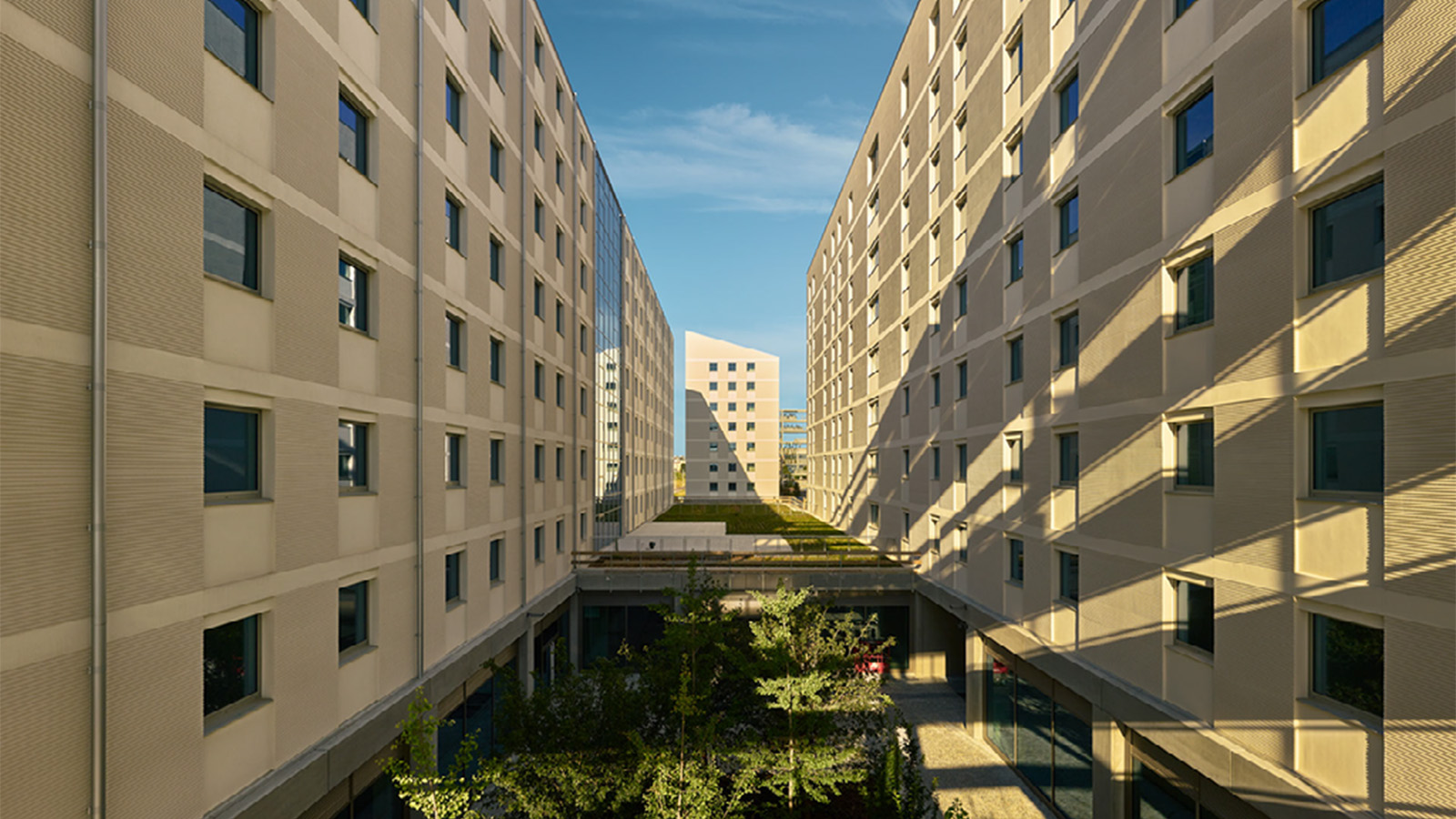 The 2026 Winter Olympics Village is complete. Take a look inside
The 2026 Winter Olympics Village is complete. Take a look insideAhead of the 2026 Winter Olympics, taking place in Milan in February, the new Olympic Village Plaza is set to be a bustling community hub, designed by Skidmore, Owings & Merrill
-
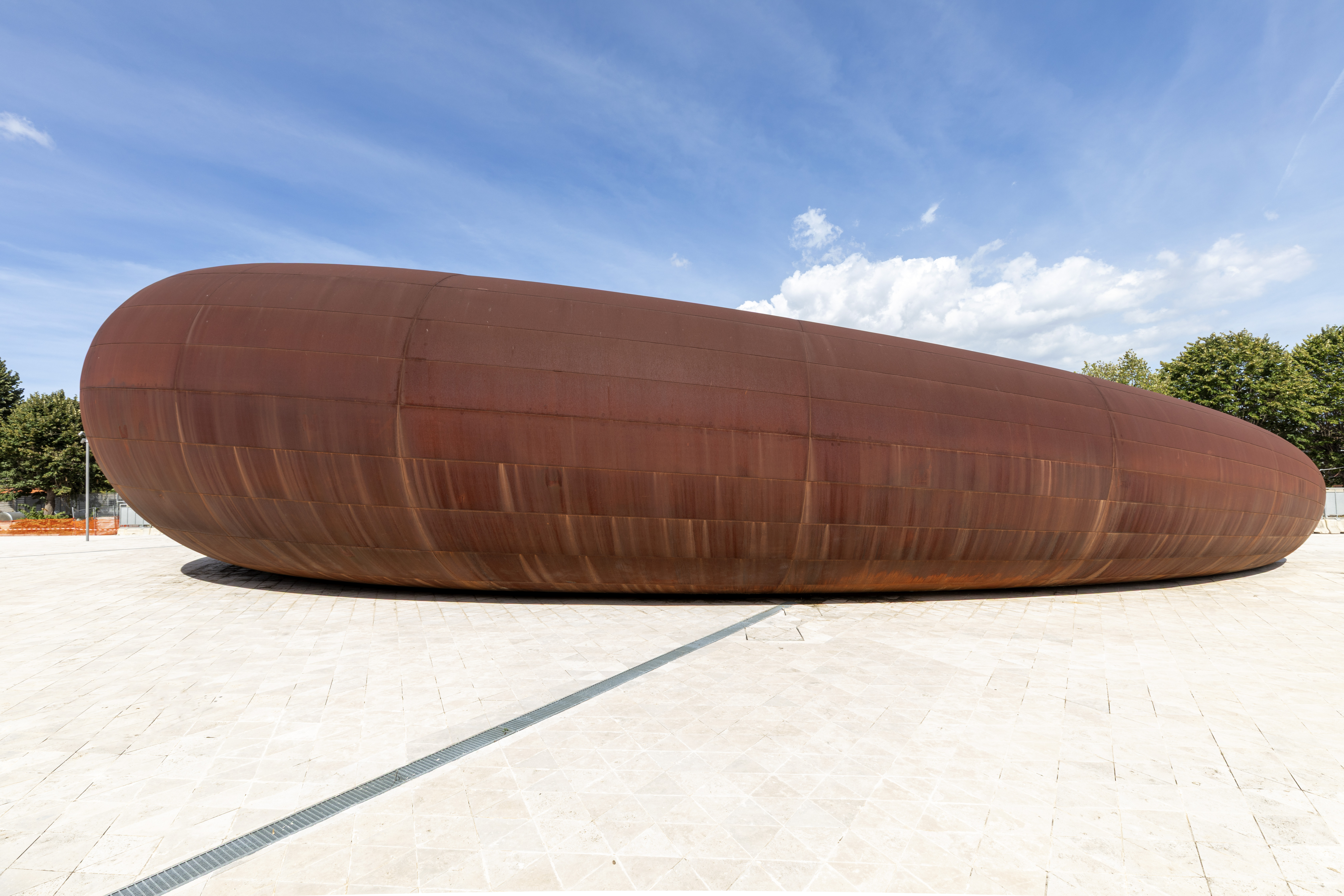 Anish Kapoor designs Naples station as a reflection of ‘what it really means to go underground’
Anish Kapoor designs Naples station as a reflection of ‘what it really means to go underground’A new Naples station by artist Anish Kapoor blends art and architecture, while creating an important piece of infrastructure for the southern Italian city